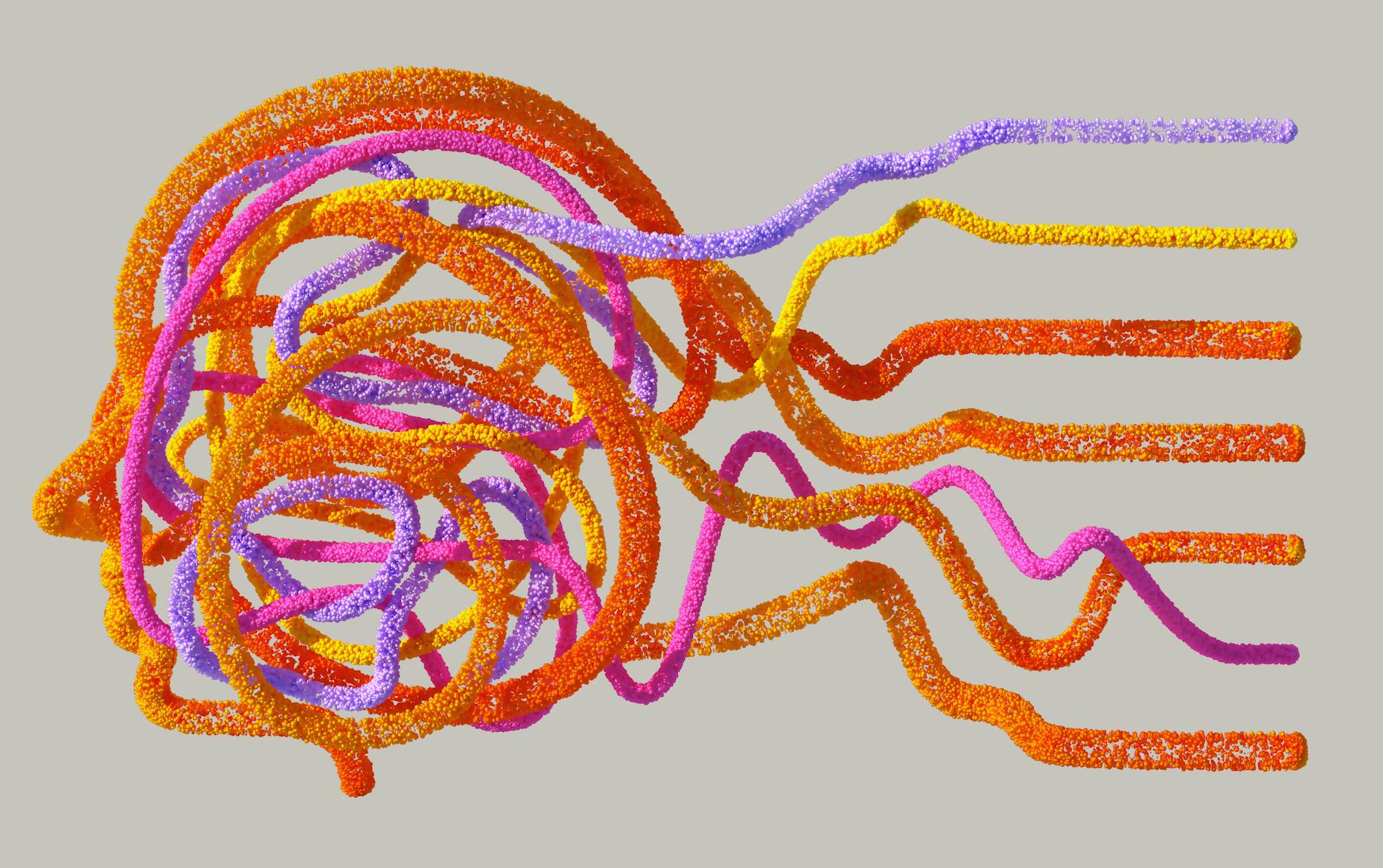Barbie’s AI Brain: Will Mattel’s Gamble Pay Off, or Is This Just Hype?

Introduction: Mattel’s partnership with OpenAI promises an AI-powered revolution for its iconic brands. But beneath the surface of enhanced creativity and streamlined workflows lurks a question of genuine innovation versus cleverly marketed hype. This collaboration deserves closer scrutiny before we declare victory for AI-infused playthings.
Key Points
- The partnership’s success hinges on OpenAI’s ability to deliver genuinely novel applications of AI, rather than just automating existing processes.
- This move could set a precedent for other toy companies, potentially reshaping the entire industry’s creative and production pipelines.
- The ethical considerations surrounding AI-generated content for children, especially concerning bias and potential manipulation, are significant and largely unaddressed.
In-Depth Analysis
Mattel’s announcement of its OpenAI collaboration paints a rosy picture: AI-powered design, optimized manufacturing, and personalized fan experiences. While the potential benefits are clear – faster prototyping, more efficient production, and potentially even AI-generated storylines for Barbie – the devil is in the details. The success of this partnership hinges on OpenAI exceeding its current capabilities. Generating simple variations on existing designs is one thing; creating genuinely novel and compelling characters, storylines, and play experiences is another entirely. We’ve seen AI generate impressive art, but translating that into coherent and engaging children’s toys requires a level of contextual understanding and emotional intelligence currently beyond the reach of even the most advanced AI models. The integration also raises significant questions about the nature of creativity itself. If AI is generating significant portions of the design and storytelling, where does human ingenuity fit in? This isn’t just about automation; it’s about the very definition of creative work in the toy industry. Furthermore, the potential for bias in AI-generated content is a major concern. Will AI-designed Barbies reflect a diverse and inclusive range of body types, ethnicities, and personalities, or will they perpetuate existing stereotypes? These ethical questions are paramount and demand rigorous examination. Finally, comparing this to previous tech integration in the toy industry, this venture appears more ambitious and potentially transformative than past attempts at incorporating simple electronics or digital features.
Contrasting Viewpoint
A more cynical viewpoint might suggest that this is primarily a public relations stunt aimed at capitalizing on the current AI hype. Competitors might argue that Mattel is simply leveraging OpenAI’s brand recognition to boost its own image, without any real commitment to substantial technological advancement. Some may point to the high cost of integrating AI into established workflows, questioning whether the return on investment justifies the expense. The long-term financial viability, dependent on OpenAI’s evolving capabilities and pricing, could also be questioned. Furthermore, the risk of technological failures or unforeseen biases in AI-generated content could lead to costly recalls or reputational damage. The potential for job displacement within Mattel’s design and development teams is also a considerable concern.
Future Outlook
In the next one to two years, we’re likely to see incremental improvements in specific areas, such as streamlining production processes. However, achieving significant breakthroughs in creative AI applications will prove far more challenging. The biggest hurdles involve overcoming the limitations of current AI models, addressing ethical concerns, and ensuring seamless integration with existing design and manufacturing workflows. The actual impact on consumer experiences might be more subtle than initially promised, focusing on minor improvements rather than revolutionary changes. Success will depend not only on technical progress but also on Mattel’s ability to manage the ethical implications and ensure the responsible deployment of AI throughout its operations.
For more context on the limitations of current AI models, see our deep dive on [[The AI Creativity Conundrum]].
Further Reading
Original Source: Bringing the Magic of AI to Mattel’s Iconic Brands (OpenAI Blog)